The most venomous spiders in the world are among the most dangerous animals of all time. But, you already knew that, didn’t you?
Obviously, not all animals on this list are deadly spiders, but that doesn’t mean their painful bites can’t cause severe pain and tissue damage.
So keep reading to learn more about these dangerous spiders found around the world!
Most Venomous Spiders in the World
Sydney Funnel-Web Spider – Deadliest Spider in Australia

Sydney funnel-web spiders, Atrax robustus, are native to Australia and are found in the eastern part of the country.
Sydney funnel-web spiders were named the most venomous spiders in the world by Guinness World Records. They have very toxic venom that contains Delta-Atracotoxin, which makes the venom highly toxic for humans and other primates.
In addition, Sydney funnel-web spiders have a venom yield of 176 mg. When tested on mice, the LD50 of the Sydney funnel-web spider is 0.22mg/kg.
As the deadliest spiders in the world, their bite causes nausea, vomiting, headache, sweating, high blood pressure, unconsciousness, and fluid in the lungs.
Curiously, the male spider bite is significantly more potent than their female counterparts. Each year, approximately 30 to 40 people are bitten by these spiders, and only 13 deaths have been recorded.
Brazilian Wandering Spider – Most Dangerous Spider in Brazil
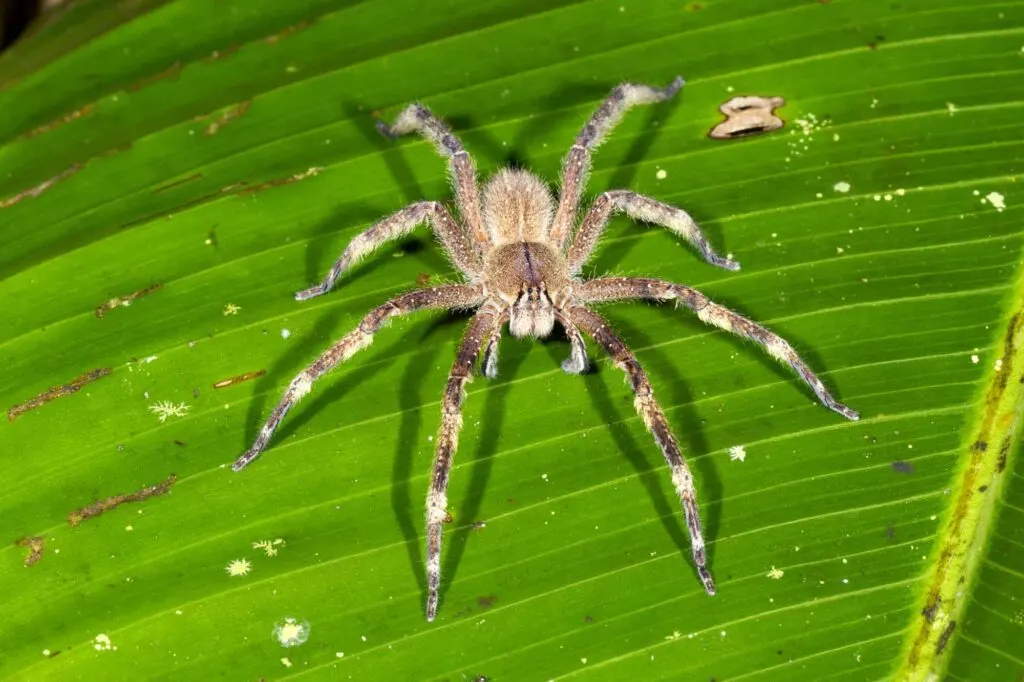
Brazilian wandering spiders have been named multiple times the most venomous spiders in the world by Guinness World Records, but they no longer hold the title.
These venomous spiders have been known to bite more than 7,000 individuals to date, most in Brazil. However, the authentic death cases are 15.
According to the research, the LD50 of their venom on mice is 0.006mg/kg. In one bite, they can inject an amount between 1.2 mg to 2.4 mg.
This means that if the venom is injected fully, the person can die in an hour if not treated properly, but that’s unlikely to happen because it costs a lot of energy from the spiders to produce so much venom—they would need a ready food supply, which is unrealistic in the wild. On the other hand, they are dangerous to children.
It is believed that despite the fact that these spiders love to bite humans, only 2% of cases require antivenom.
These massive spiders inject venom from venomous fangs and only actually deliver it in 33% of the cases.
Bites can cause sweating, burning pain, paralysis, vomiting, and respiratory arrest.
Beyond that, Brazilian wandering spiders are divided into nine species. They all are nocturnal and wanderers. During the day, they look for safe, dark places, even if it is near humans.
As the name suggests, Brazilian wandering spiders are native to Brazil. However, some species are also widespread in Central and South America.
Chilean Recluse Spider – Most Venomous Spider in Chile
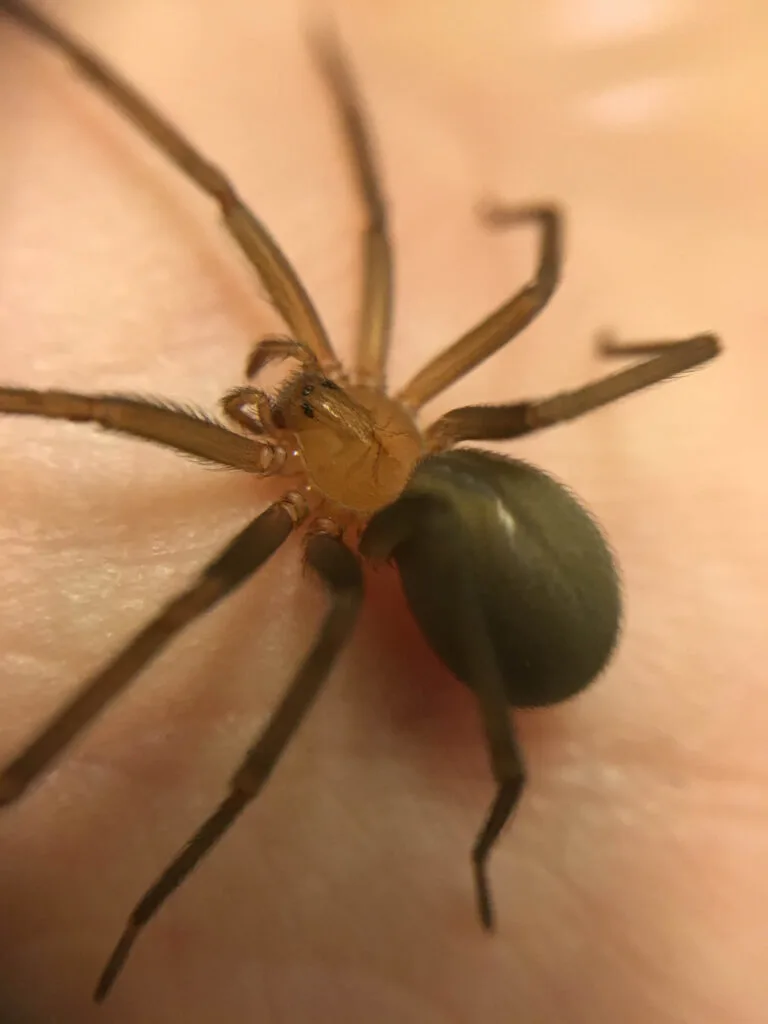
Chilean recluse spiders, Loxosceles laeta, are the most dangerous spiders in the Loxosceles genus, which includes over 140 ferrous spiders.
They are located in the territories of South America, specifically in Chile, however, they are also found in Uruguay, Brazil, Argentina, Ecuador, and Peru.
Chilean recluse spiders’ bites can cause skin irritations in mild cases and necrosis in the more severe ones.
Their bite can cause the destruction of the tissues over the months and, once healed, leaves very deep scars.
Bites are felt immediately, however, they can take more than seven hours to become visible. The mortality rate of these spiders is 19.1%.
The amount of venom that can be injected by these spiders is between 0.5 to 1 μL. LD50 level of Chilean recluse spider venom is between 0.2 to 3.6 μg/g.
Brown Recluse Spider – Most Dangerous Spider in the United States
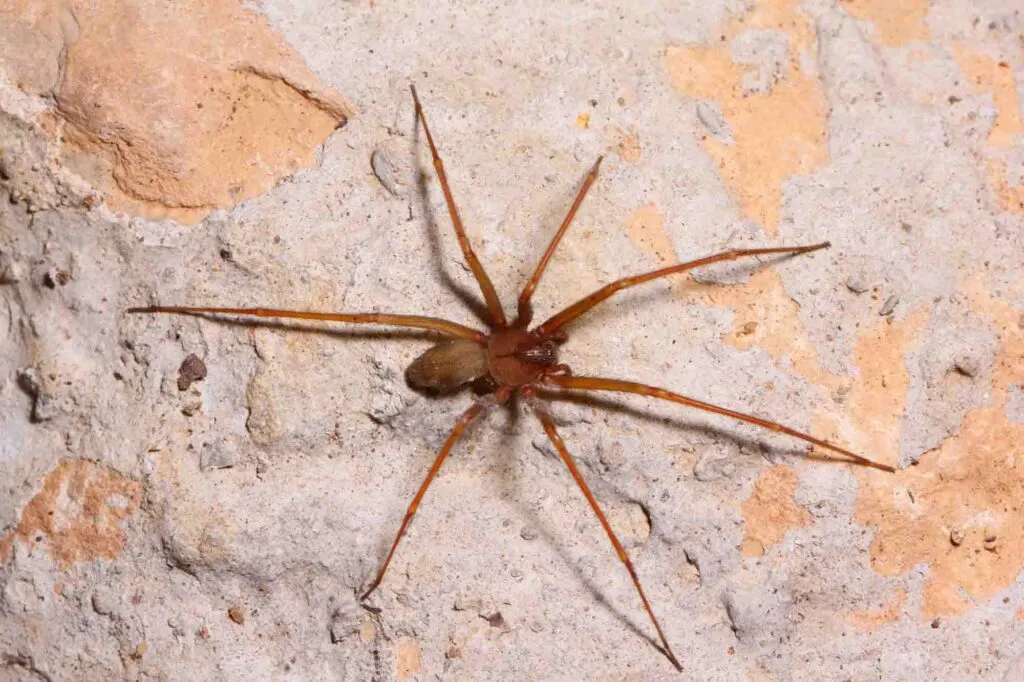
Also known as violin spiders, brown recluse spiders, Loxosceles reclusa, are among the most dangerous spiders in the world.
They are native to the United States, specifically in the southeastern and central parts of the country.
These deadly spiders like the dark areas, where they feel protected. They can be found in tree barks, attics, under rocks, in boxes, and even in cupboards.
These spiders do not have an aggressive nature, however, if they bite, they can cause some major discomfort and even death.
With an LD50 value of 0.48mg/kg, Brown recluse venom can cause nausea, fever, vomiting, rashes, skin necrosis, and joint pains.
It can also cause organ damage that will lead to death, however, this happens in very rare cases.
The mild bites are typically resolved in several days when cared for properly. The venom is identical in male and female spiders, but females can have almost twice the concentration of toxins.
Did you know? The brown recluse is the most dangerous spider in North America.
Redback Spider
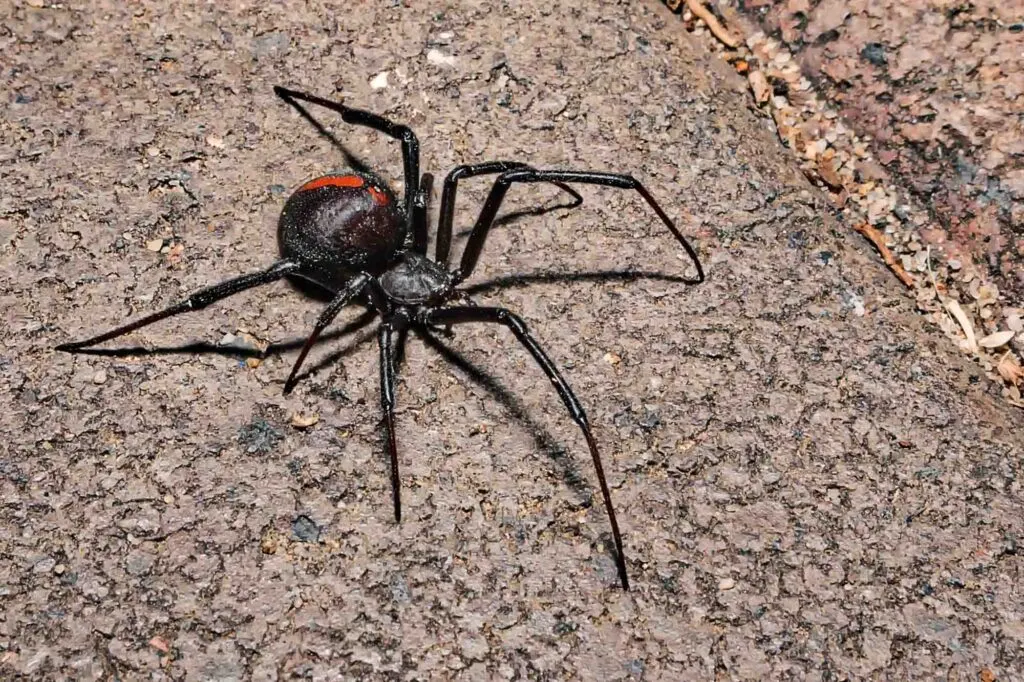
As venomous spiders, redback spiders are dangerous arachnids found throughout Australia, New Zealand, and southern Asia.
Also known as the Australian black widow, Latrodectus hasselti, they can be found in varied urban environments because of their adaptation abilities. Therefore, they are often seen in houses, garages, and industrial areas.
Female redback spiders can inject around 0.08 to 0.10 mg of venom. Their LD50 tested on mice is 0.27 to 0.91 mg/kg.
Bite symptoms of these dangerous spiders include swelling of the affected area, localized pain, and sweating at first.
However, after several minutes, headache, vomiting, and nausea may start.
Each year, approximately 10,000 people are bitten by these spiders. However, the death rate is pretty low, and only one lethal case has been recorded in the last 70 years.
Black Widow
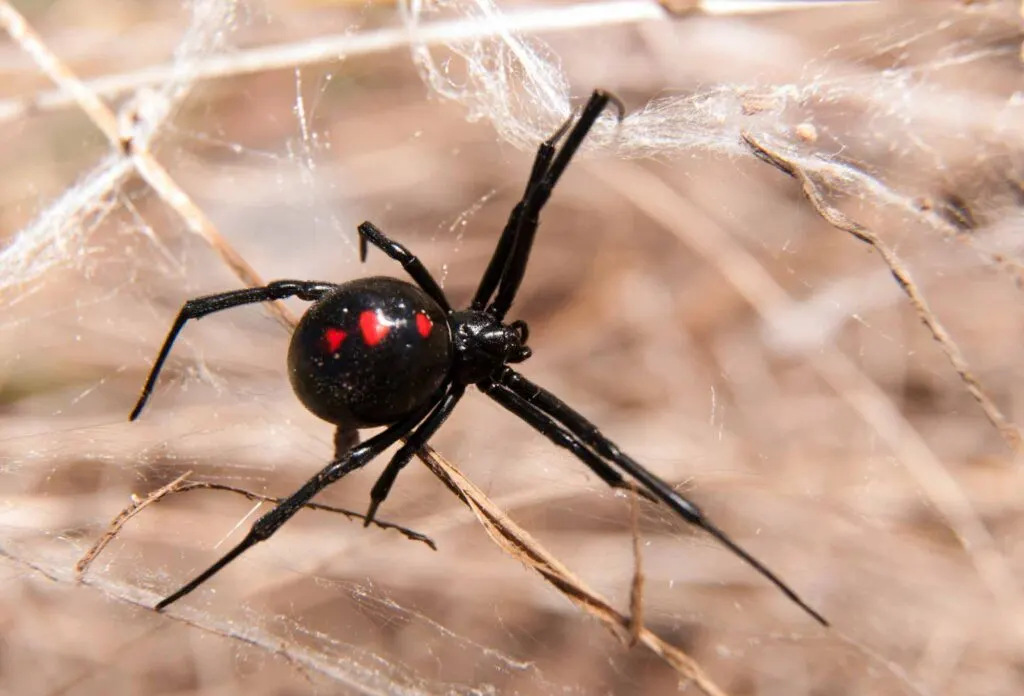
Black widow spiders, Latrodectus mactans, are the most dangerous spiders in the world.
Widow spiders are very venomous, and after testing the venom strength on the mice, the LD50 resulted in 0.9 mg/kg, injecting approximately 0.02 mg.
The bite of these spiders causes the syndrome that is called Latrodectism. Their venom is 15 times stronger than the rattlesnake venom.
Black widow bites are dangerous and may cause severe muscle spasms, pain, cramps, tachycardia, and hyperhidrosis.
Other symptoms also include seizures, chills, fever, chest pain, headache, stupor, and shock. Also, female black widow spiders are more venomous. Still, the death rate is under 1%.
Red Widow
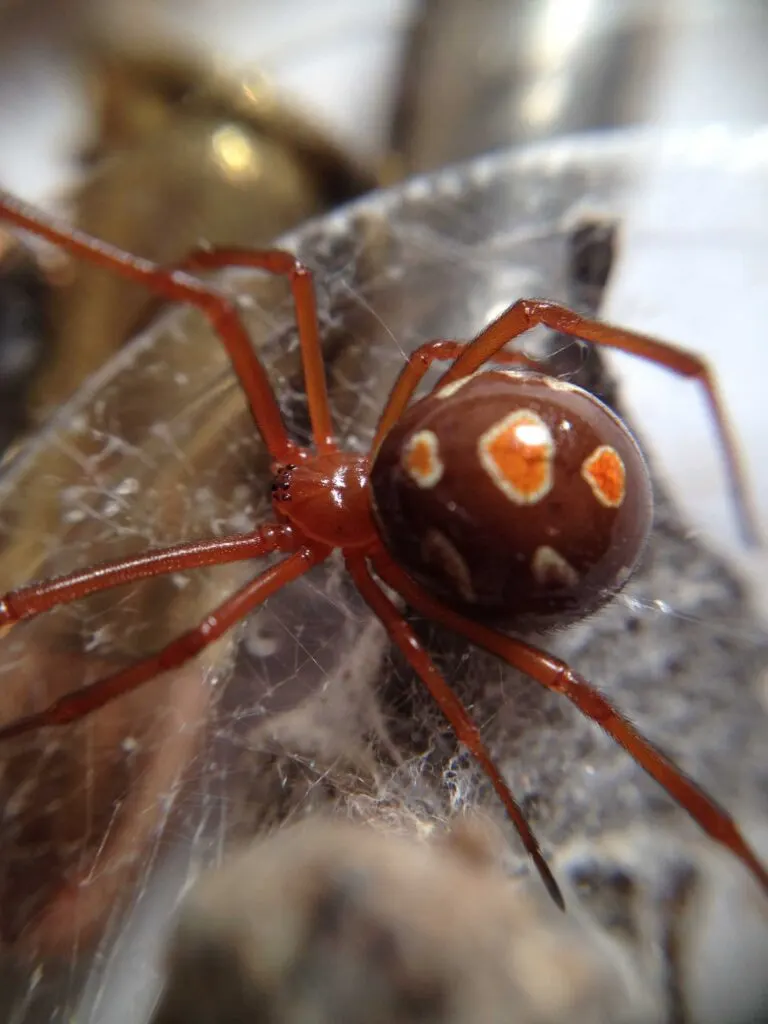
These dangerous spiders are found in Florida and have a pretty limited range.
They like to be in the sand pine scrubs, palmettos, and other similar vegetations.
Red widows, Latrodectus bishopi, are venomous spiders that do not come in contact with humans often. Therefore, the bites are also rare.
Typically, the bite is followed by pain, swelling, redness, and cramping.
Their venom consists of neurotoxins, which can result in muscle spasms. However, the deaths caused by the red widow bite are much rare because they typically inject smaller amounts of venom.
The amount of venom that each individual injects is around 0.157mg, while their venom LD50 level tested on mice is 2.20 mg/kg.
Brown Widow
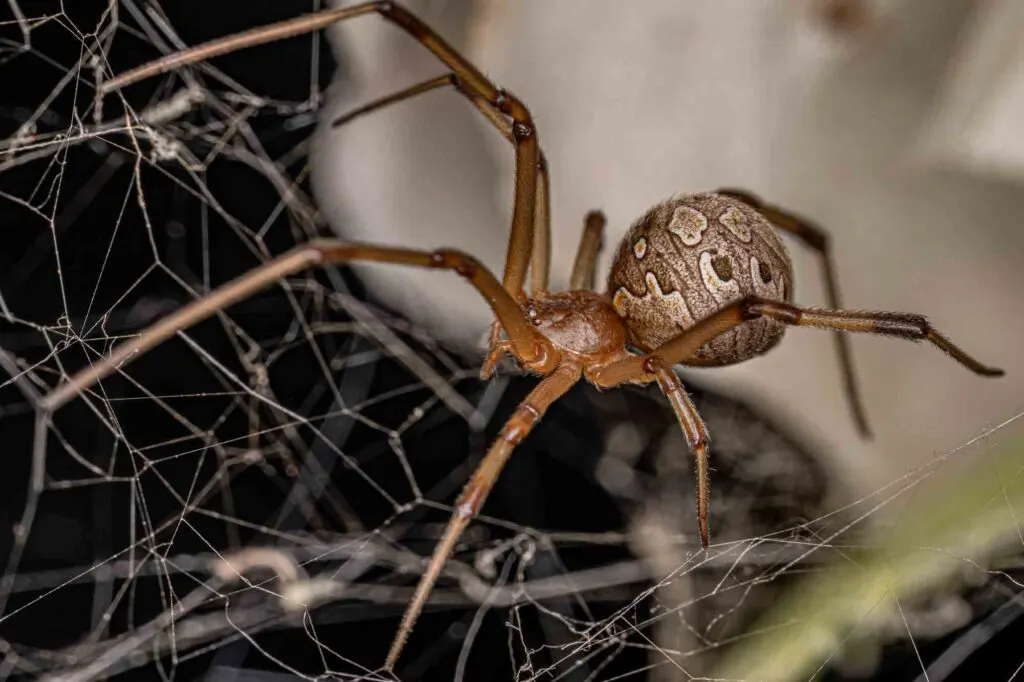
Brown widow spiders, Latrodectus geometricus, live mostly in tropical climates.
They are often found near human-made structures such as houses, fences, barns, and in any dark corners where they feel protected.
Because of their neurotoxic venom, the bite of brown widow spiders results in swelling, cramping, nausea, tremors, sweating, vomiting, and pain.
Although their LD50 is 0.43 mg/kg, brown widows’ bites are minor compared to that of a black widow because of the amount of venom injected.
Statistically, 1 in every 20 bites ends lethally. In most cases, the reason is heart failure or respiratory failure.
Red-Headed Mouse Spider
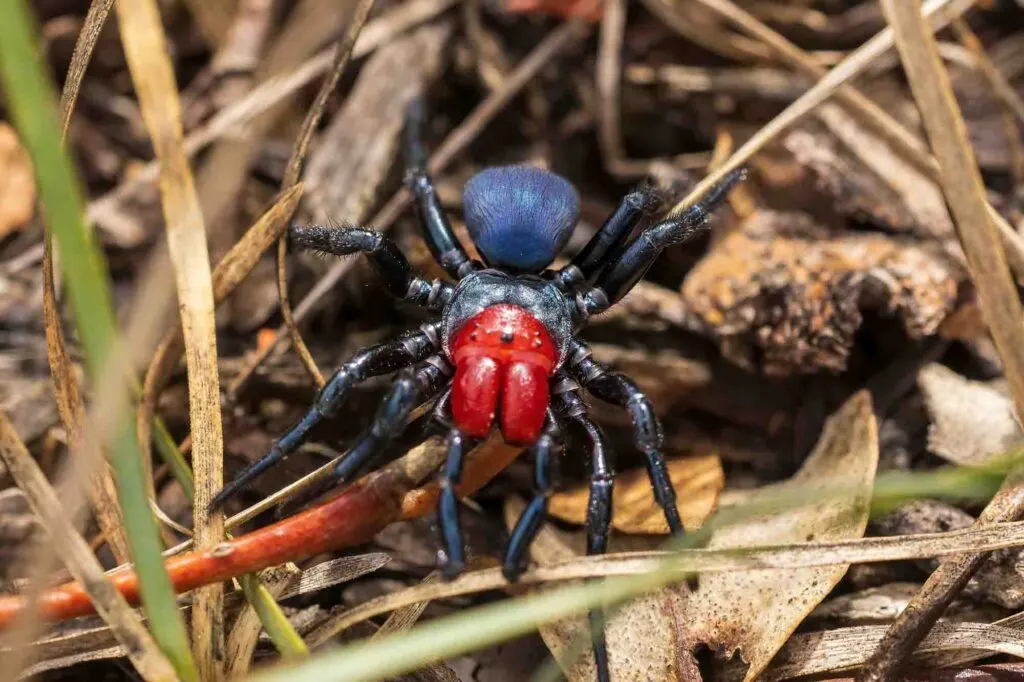
Red-headed mouse spiders, Missulena occatoria, are widely distributed in Australia but mostly on the east coast. Their habitat includes open forest to semi-arid shrublands.
While the females are black with a red tinge, the males have bright red heads and jaws and a gunmetal blue-black abdomen.
Their venom may be very toxic, but few cases of serious envenomation have been recorded, and they were successfully treated with Australian funnel-web antivenom.
Although known for their dry bites—biting with no venom–these dangerous spiders have massive fangs.
If biting with venom, the main symptom of these dangerous spiders’ bites is the difficulty of breathing, high blood pressure, and numbness around the mouth.
The LD50 of the red-headed mouse spider is 0.25 mg/kg. Female spiders typically have more toxins in their venom than males. Therefore, they are potentially more dangerous.
Red-headed mouse spiders are considered to be the second most venomous spider in Australia, only behind the funnel-web spiders.
Six-Eyed Sand Spider
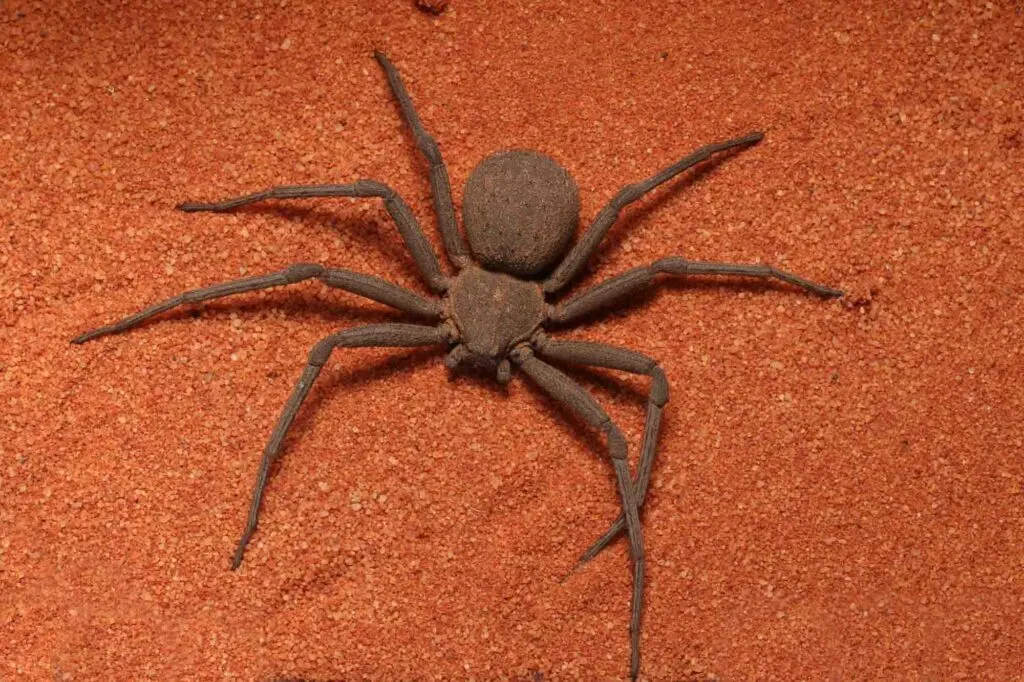
Six-eyed sand spiders get their name because, unlike most spiders, these dangerous creatures have three pairs of eyes instead of four.
They are native to southern Africa and live in hot and sandy deserts.
There are about eight known species of these dangerous spiders, however, since they like to hide, it is believed that there are much more than that in nature.
These spiders are known to have potent venom, which gives them a place among the most venomous spider in the world.
The LD50 level is around 0.004mg/kg. Luckily, these deadly spiders are shy, and if they do not feel threatened, they do not strike humans.
The venom of six-eyed sand spiders contains a high level of hemolytic. Therefore, a high level of venom can cause the red blood cells to break, leading to severe internal bleeding and death.
However, there have been only two cases of bites, one lethal and another one resulting in necrosis.
Did you know? Six-eyed sand spiders bury themselves in the sand to ambush prey wandering nearby.
Wolf Spider
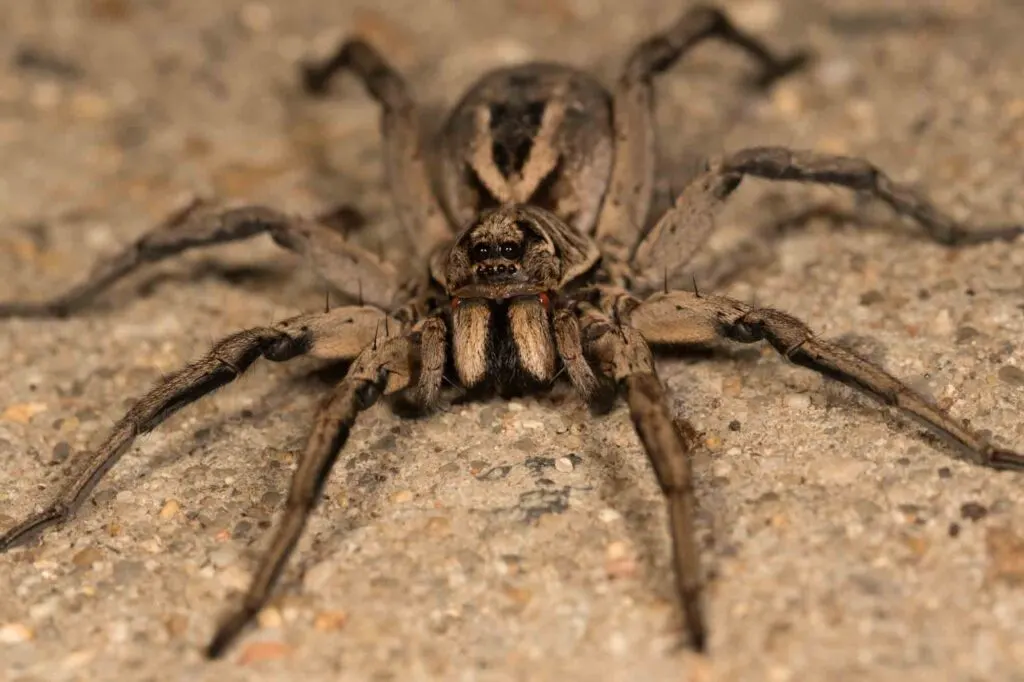
Wolf spiders have wide distributions and can be found everywhere on the planet, except in the polar region and the Antarctic.
Approximately 125 species of wolf spiders are found in North America and only about 50 in Europe.
When they are threatened or provoked, the wolf spiders bite and inject their venom.
Their bite can cause pain, itching, and swelling. In some species, necrotic bites have also been reported.
The venom consists of cytotoxins, which makes the bite very painful. Even though these creatures have poisonous bites, they are not lethal.
Still, it is essential to seek medical attention if a wolf spider bites you.
Yellow Sac Spider
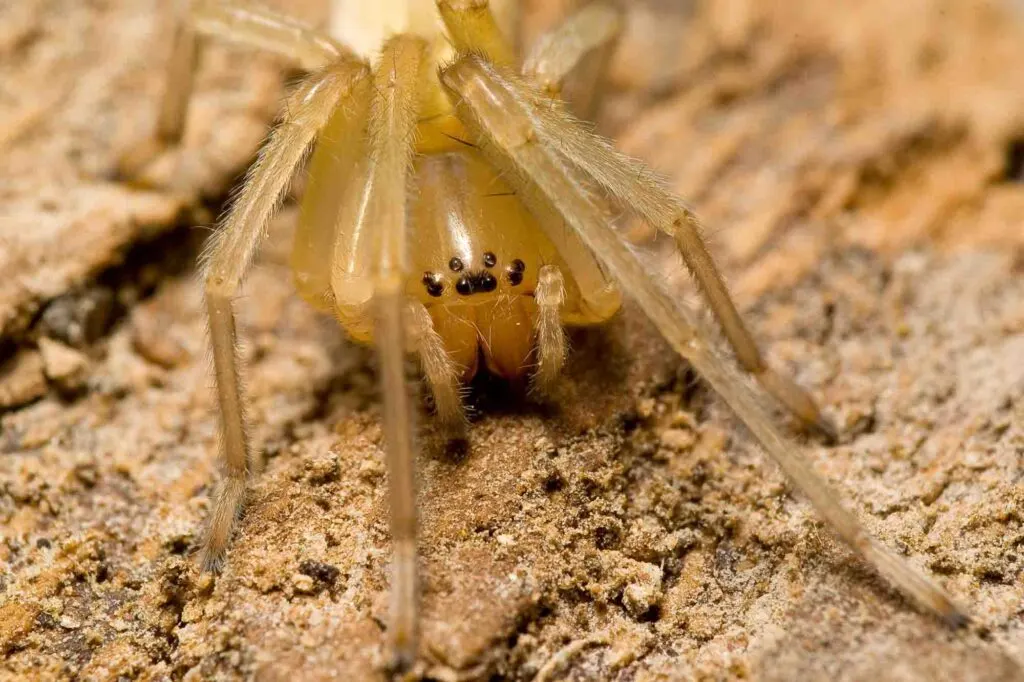
Yellow sac spiders are primarily found in the Northern and midwestern United States. However, they are also distributed throughout North and South America.
Yellow sac spiders have very powerful chelicerae, and their fangs can pierce the skin very easily.
Typically, the bites happen when humans are outdoors. Venom has local toxicity causing a harmful effect on cells and is toxic to nerve tissue.
Even though they are considered to be one of the most venomous spiders in the world, there has not been a death recorded.
Yellow sac spiders’ LD50 is around 3 μg/g. Bite symptoms include a stinging sensation and swelling. Allegedly, it can also cause necrosis.
Sometimes, the blisters can appear, which can leave the sore skin and take several weeks to heal.
Did you enjoy learning about the most venomous spiders in the world? Then share this article with your friends on social media!
